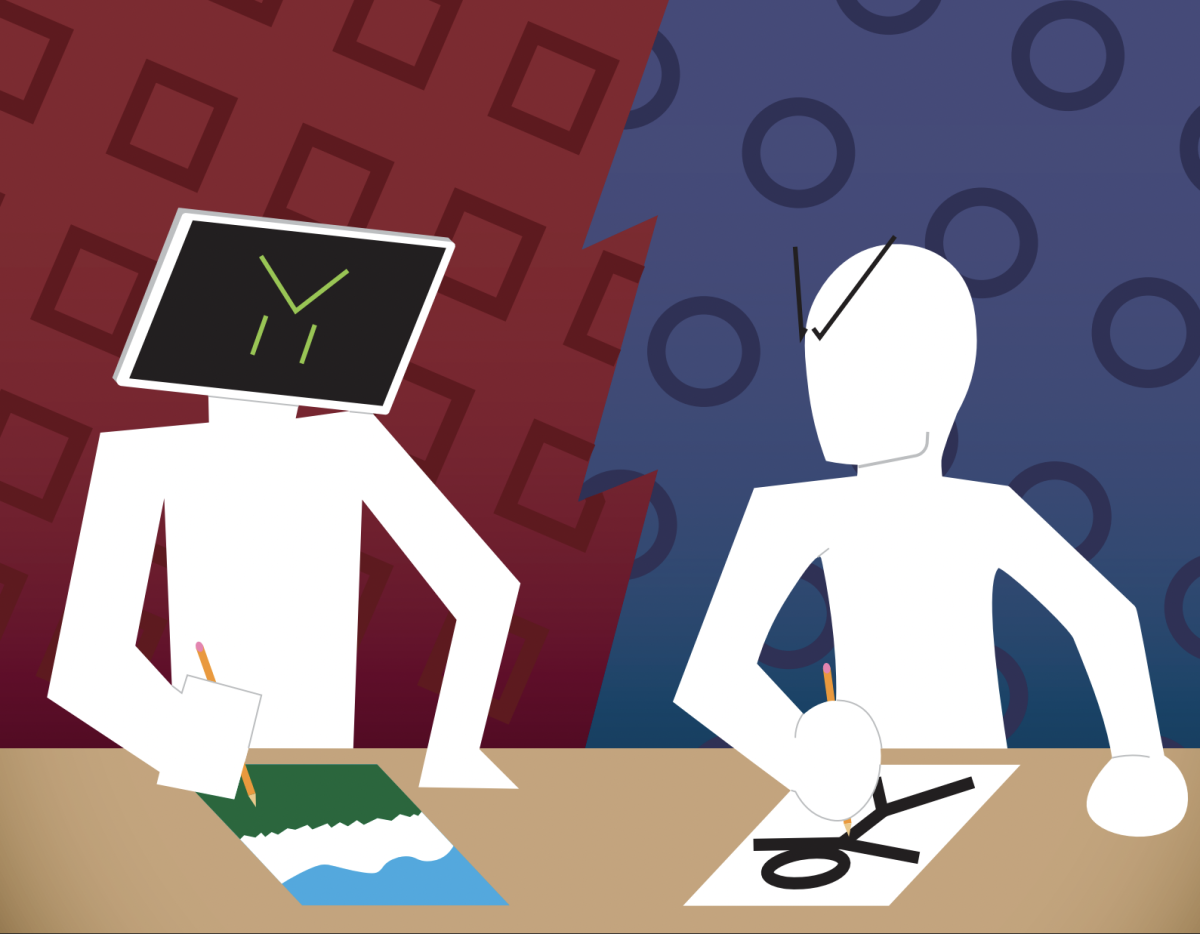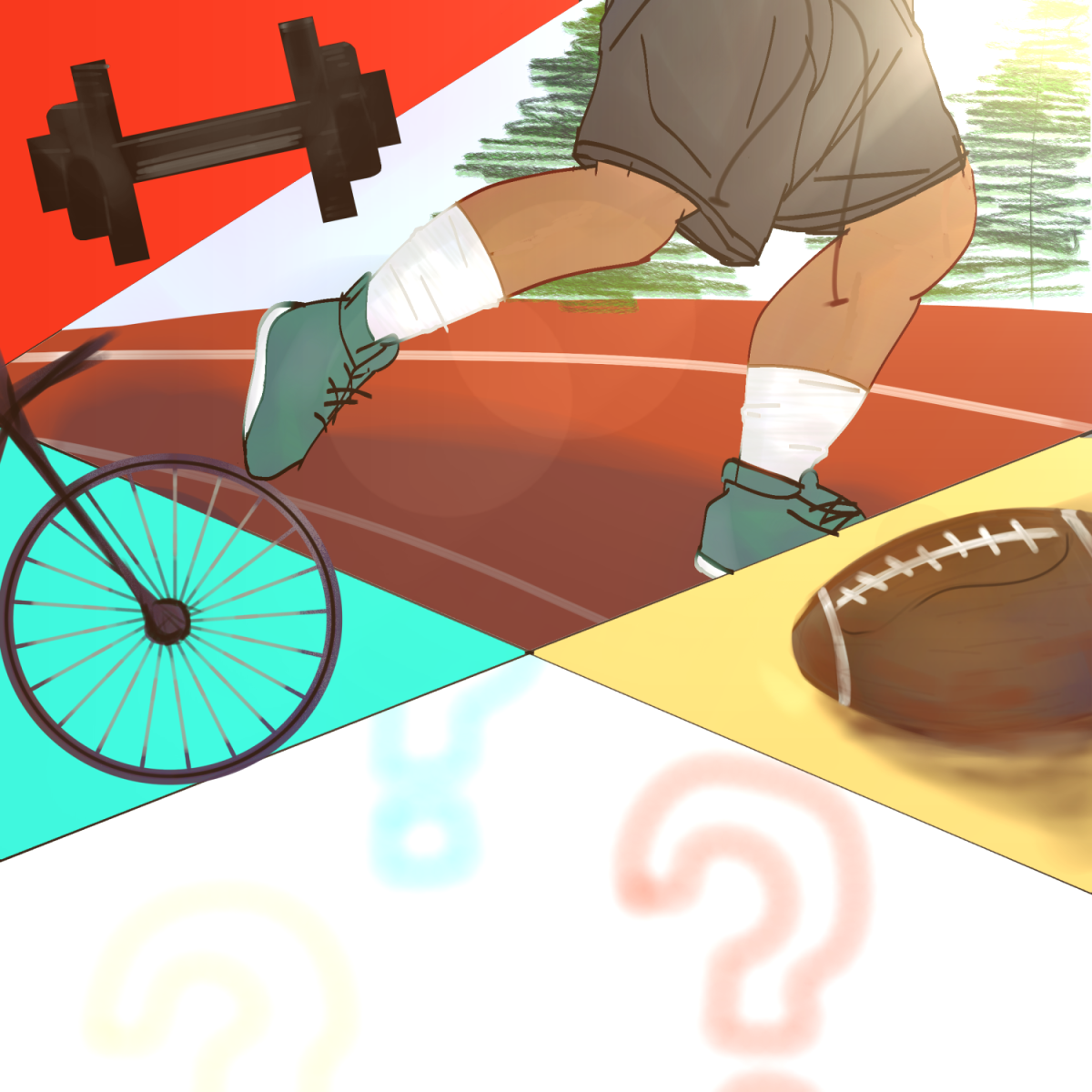ASMR, otherwise known as autonomous sensory meridian response, has been around since the early 2000’s and still has a grasp on media. ASMR is described as a tingling sensation from responding to specific stimuli often created by colliding objects. Sophomore Parker Ward says, “it is not everyone’s favorite thing. I do not hate it but I am not sure really.” These sensory noises help people calm down, focus, or even sleep. This sensation has been on the internet for a long time, but not until around 2020 did it become popular and prominent in the media.
There are many different forms of ASMR, ranging from calming voices to wood soup. ASMR had originally started with talking and noises made from one’s mouth, but it has since moved towards eating, slime, and even wood. Freshman Makena Krattil says, “Makeup and hair ASMR are the main ASMRs I have heard online, not much other than that.” Mukbang, a popular form of eating ASMR, is where influencers show just their mouth and huge platters of food in front of them and eat with a microphone close to their mouth to provide tingling sensations. A new popular one that has risen on TikTok lives is wood soup. Creators take a big bowl of water with different shaped and colored wooden balls and stir them around. As they clink together it makes a nice quiet click noise. This calming noise then continues for a while as they just keep stirring the bowl of water.
Creators like ASMR Bakery have accounts with well over a million followers, all of them just listening to them making noises. There are millions of ASMR creators trying to make a living off it. Lots of ASMR influencers also make products along with their ASMR accounts. The main product that is produced from them is either skincare products or slime. Slime is another ASMR tool that has been a peak interest of children in the 2000’s, banned in elementary school by every parent because of how messy it was, and the creators online convincing kids to make it by themselves. Creators saw all the interest in these make-at-home slimes, so they monetized it and started making slime kits to sell instead of their already premade slime. Even TV companies hopped on the bandwagon. For example, Nickelodeon had created their own slime kits, and they were being sold in stores all throughout America. The amount of money they make off these tingling sensations and products is immense, with top ASMR artists earning millions of dollars yearly just from their videos, online stores, and media platforms. The market for ASMR tools has grown as most of them have become sensory tools.
The science behind ASMR is also something that we cannot ignore. Synesthesia, according to Clevland Clinic, “is when your brain routes sensory information through multiple unrelated senses, causing you to experience more than one sense simultaneously. Some examples include tasting words or linking colors to numbers or letters.” It is also described not as a “medical condition” but just what the human brain can use to remember specific things. This is an amazing idea that humans can picture sounds in other ways than just hearing them. One way people have experienced this was from 8D audios, audios where if you have headphones on you can hear the song almost moving around you. This sensation then leads to feeling like there is something there not physically but mentally.
These noises even provide more than just sensations, they can also have health benefits. Senior Kaden Madsen-Lerberg states, “I think it is a real, effective thing. However, what that effect is, I honestly do not know all too well.” They can calm your heart rate and help with stress reduction which can benefit students and workers mentally after a long day of stressful assignments and tasks. Also, with the addition of placebos into the space of ASMR, some have even reported online that ASMR has helped with pain. Placebos are common in media as many influencers use these “tips and tricks” to gain more followers than other competing media sensations. Junior Sienna Smith said, “I don’t think it’s necessarily a placebo in terms of relaxation and meditation.” According to a study at UCLA ,“People report using ASMR videos to help with anxiety and to fall asleep. Other reported benefits include improving mood and pain symptoms.” All of these are positive and the negatives of ASMR are almost non-existent as it is just a video.
ASMR is very accessible as it is posted all over the internet and livestreamed at all hours during the day. There will never be a time where you cannot hear a pop, squish, or slap. This is why ASMR is something that anyone can enjoy, unless you hate tingling sensations or people talking and breathing right into their microphone.






